The Impact Investing Market is currently characterized by a dynamic competitive landscape, driven by a growing emphasis on sustainability and social responsibility. Key players such as BlackRock (US), Goldman Sachs (US), and Morgan Stanley (US) are actively shaping the market through innovative strategies and operational focuses. BlackRock (US), for instance, has been enhancing its ESG (Environmental, Social, and Governance) investment offerings, which appears to resonate well with investors seeking to align their portfolios with sustainable practices. Goldman Sachs (US) has been expanding its impact investment initiatives, particularly in renewable energy, indicating a strategic pivot towards sectors that promise both financial returns and positive societal impact. Meanwhile, Morgan Stanley (US) has been leveraging technology to enhance its impact measurement capabilities, suggesting a commitment to transparency and accountability in its investment processes. Collectively, these strategies not only bolster their competitive positioning but also contribute to a more robust and responsible investment ecosystem.
In terms of business tactics, companies in the Impact Investing Market are increasingly localizing their investment strategies to better align with regional needs and opportunities. This localization, coupled with supply chain optimization, is indicative of a moderately fragmented market structure where various players are vying for influence. The collective influence of these key players is significant, as they not only drive capital towards impactful projects but also set industry standards for responsible investing practices.
In August 2025, BlackRock (US) announced a partnership with a leading renewable energy firm to launch a new fund focused on sustainable infrastructure projects. This strategic move is likely to enhance BlackRock's portfolio while addressing the urgent need for sustainable energy solutions, thereby reinforcing its commitment to impact investing. The partnership may also serve to attract a broader base of investors who are increasingly prioritizing sustainability in their investment decisions.
In September 2025, Goldman Sachs (US) unveiled a new initiative aimed at financing affordable housing projects in underserved communities. This initiative not only aligns with the firm’s broader impact investment strategy but also addresses critical social issues, potentially positioning Goldman Sachs as a leader in the affordable housing sector. The strategic importance of this move lies in its dual focus on financial returns and social equity, which could enhance the firm’s reputation and attract socially conscious investors.
In October 2025, Morgan Stanley (US) launched an innovative digital platform designed to provide real-time impact measurement for its investors. This platform is expected to enhance transparency and accountability, allowing investors to track the social and environmental outcomes of their investments. The strategic significance of this development cannot be overstated, as it reflects a growing trend towards data-driven decision-making in impact investing, potentially setting a new standard for the industry.
As of October 2025, the competitive trends in the Impact Investing Market are increasingly defined by digitalization, sustainability, and the integration of advanced technologies such as AI. Strategic alliances among key players are shaping the landscape, fostering collaboration that enhances innovation and expands market reach. Looking ahead, competitive differentiation is likely to evolve from traditional price-based competition towards a focus on innovation, technological advancements, and the reliability of supply chains. This shift underscores the importance of aligning investment strategies with broader societal goals, as investors increasingly seek to make a positive impact while achieving financial returns.
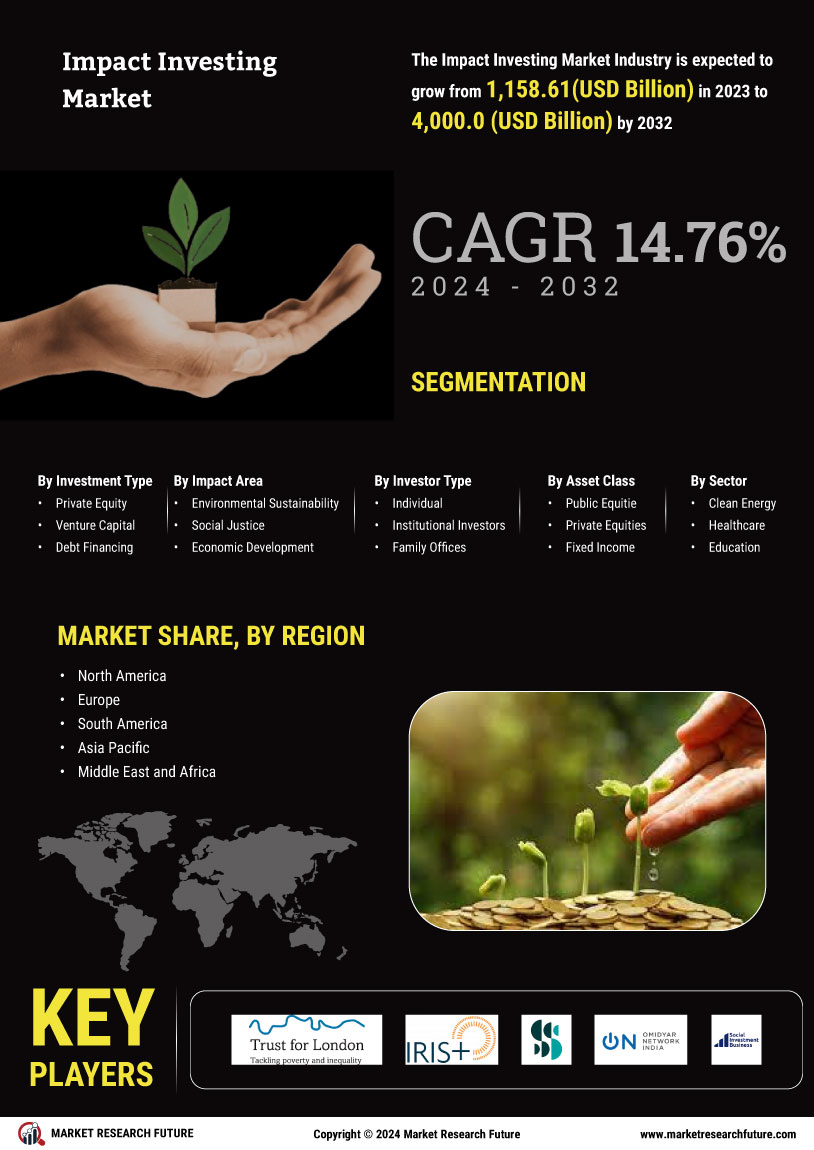

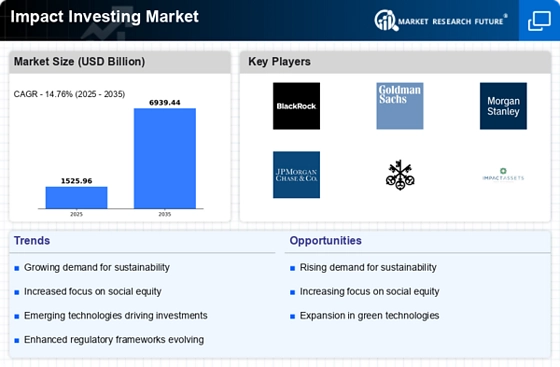
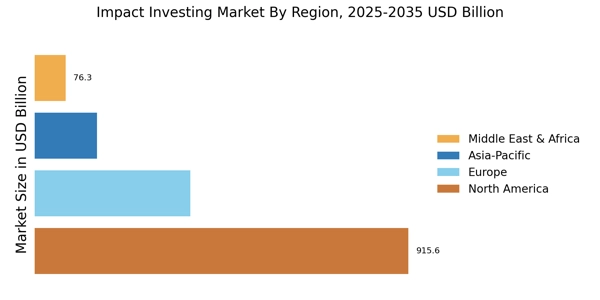

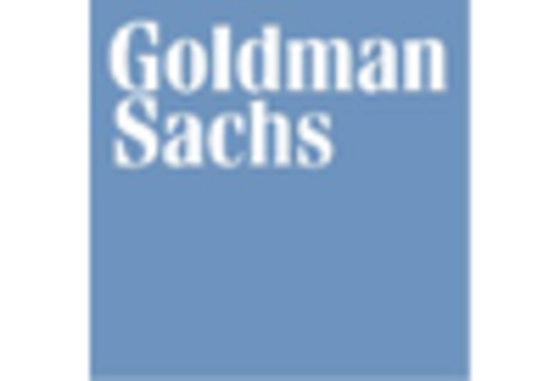
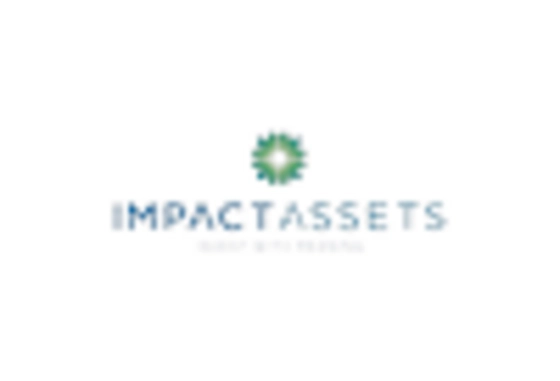
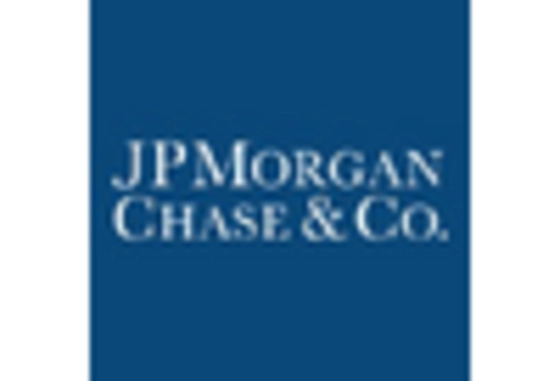










Leave a Comment